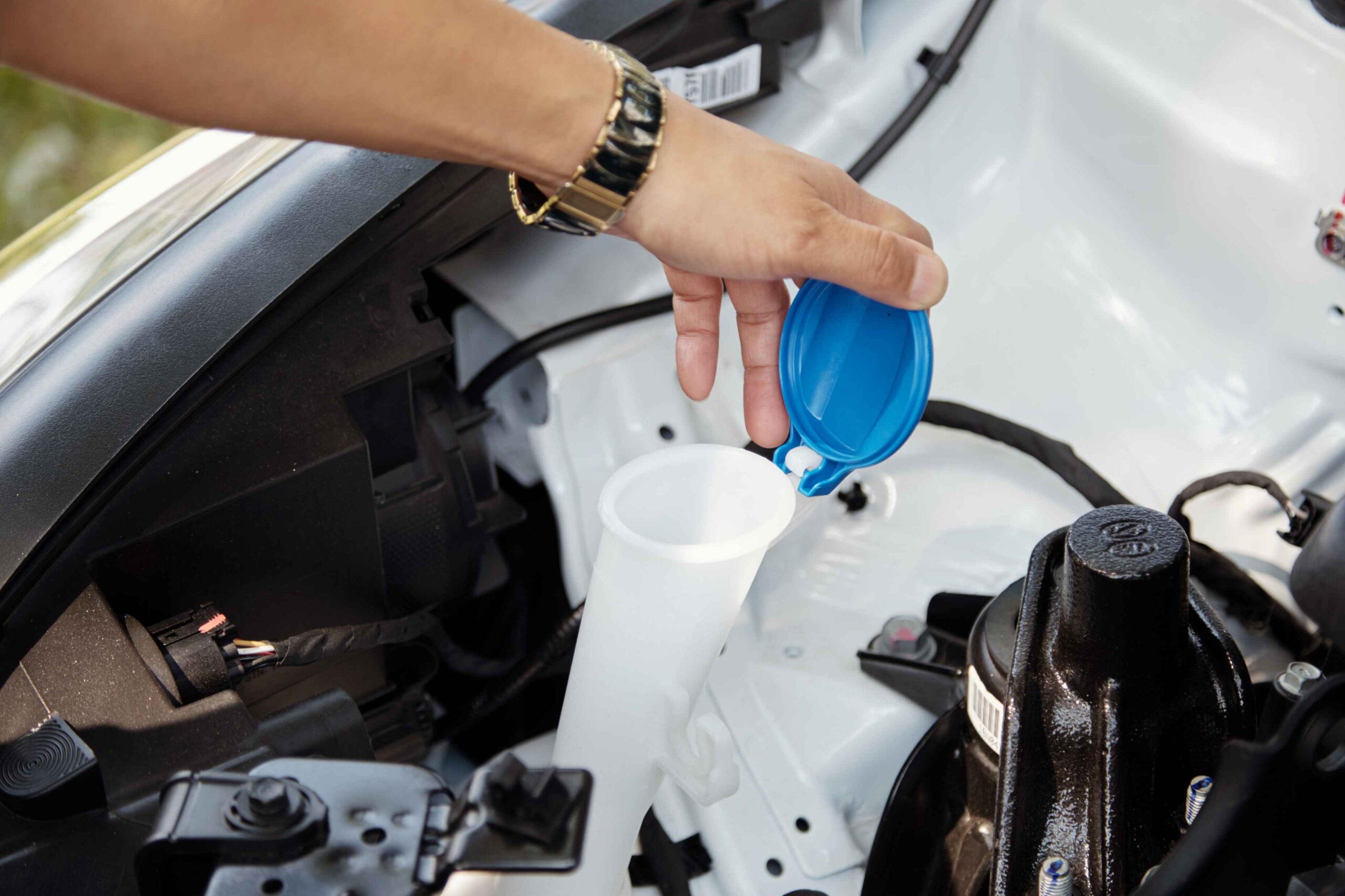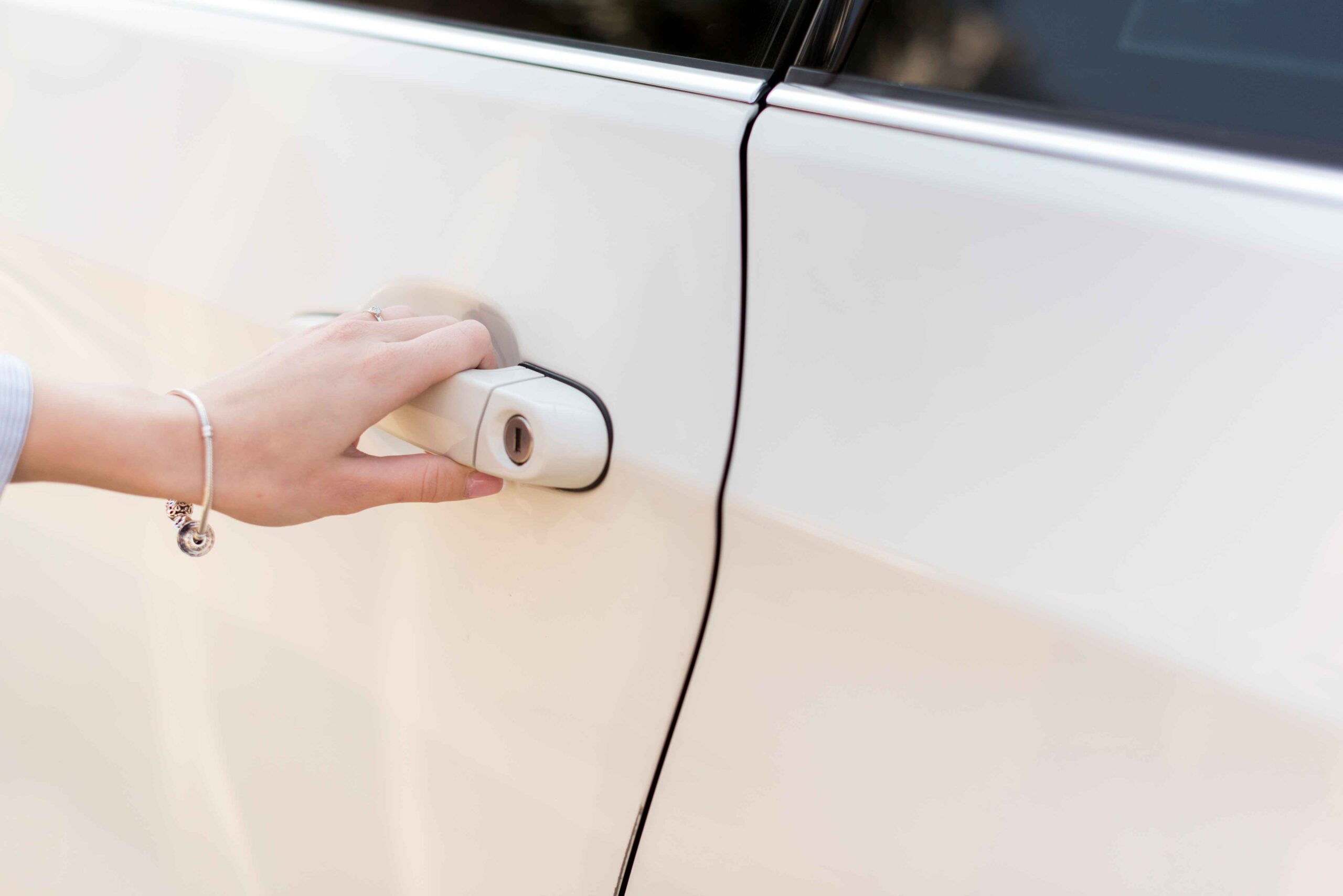If you’re like most people, you’ve probably dealt with washer fluid issues before. It could be old fluid, frozen fluid, or just switching to a better one. Whatever the reason, knowing how to do it properly can save you time and hassle. Now the question arises, How to drain windshield washer fluid? Draining your washer fluid isn’t as tricky as it sounds. With a little prep and the right tools, you can handle it like a pro. Let’s find out how to do it step by step.
What Does It Mean to Drain Windshield Washer Fluid?
Draining windshield washer fluid means removing the liquid from your car’s washer reservoir. People usually do this to eliminate old, dirty, or frozen fluid or refill with a better-quality formula. Here’s why you might need to do it:
- You’re preparing your car for winter and need freeze-resistant fluid.
- The washer nozzles are clogged, and you want to clean the system.
- You accidentally added the wrong fluid.
No matter the reason, the process is simple and quick if you follow the right steps.
How to Drain Windshield Washer Fluid Without Mess?
Here’s the good news: draining washer fluid doesn’t require fancy tools or expert skills. Here’s exactly how to do it:
Tools You’ll Need
- A clean container (to catch the fluid).
- A screwdriver or small pliers.
- Safety gloves and goggles.
- New washer fluid for refilling.
Step-by-Step Guide
- Find the Washer Reservoir:
Open the hood and locate the reservoir. It’s usually a plastic container with a windshield wiper symbol on it. - Prepare for Draining:
Wear gloves and goggles to protect your hands and eyes. Place the container below the reservoir outlet. - Detach the Hose:
Use your screwdriver to loosen the hose at the base of the reservoir. Let the fluid drain into the container. - Flush the System:
Pour clean water into the reservoir to flush out any residue. Let it drain fully. - Reconnect and Refill:
Attach the hose back to the reservoir. Pour in the new washer fluid, and you’re good to go!
Did you know? Using the wrong fluid in freezing weather can damage your washer system permanently.
How to Handle Frozen Windshield Washer Fluid?
Frozen washer fluid is a common winter headache. It can block your washer system and even crack the reservoir. Here’s how to handle it:
| Step | What to Do |
| Warm Up the Car | Park in a sunny spot or a warm garage. |
| Check for Ice Blocks | Open the hood and inspect the reservoir and hoses for frozen fluid. |
| Use Heat Gently | Use a hairdryer on low heat to melt the ice slowly. |
| Flush the System | Pour warm (not hot) water to melt any remaining ice inside. |
| Replace with Antifreeze | Refill the system with freeze-resistant washer fluid to prevent future issues. |
Using these steps ensures your system stays functional even in freezing weather.
Why Should You Drain Frozen Windshield Washer Fluid?
You may wonder, why drain it at all? Here’s why it’s important:
- Frozen Fluid: If the fluid freezes, it can damage the pump and hoses.
- Old or Dirty Fluid: Contaminated fluid leaves streaks and smudges on your windshield.
- Seasonal Changes: Switching to a freeze-resistant formula helps in winter.
- System Maintenance: Keeping the system clean prevents clogs and ensures smooth operation.
Did you know? Using high-quality washer fluid improves visibility in extreme weather conditions.
Quick Solutions for Washer Fluid Problems
When you’re in a hurry, here’s how to tackle washer fluid issues fast:
- Park your car in a warm place if the fluid is frozen.
- Use windshield de-icer sprays to break up ice in the nozzles.
- Flush with warm water to clear out residue.
- Switch to all-season washer fluid for better performance.
- Check your washer pump if the system doesn’t spray fluid.
These tips are simple but effective for most washer fluid problems.
How Often Should You Drain Frozen Windshield Washer Fluid?
It depends on how often you use your car and the weather. Here’s a quick guide:
| Condition | When to Drain |
| Seasonal Change | Before winter or summer to switch formulas. |
| Dirty or Cloudy Fluid | When you notice streaks on your windshield. |
| Frozen Fluid | Immediately, to prevent system damage. |
| Fluid Replacement | Every 6–12 months for routine maintenance. |
| System Repairs | When replacing parts like the reservoir or pump. |
Tips to Prevent Washer Fluid Problems
Preventing issues is always better than fixing them. Here are some extra tips:
- Always use freeze-resistant fluid in winter.
- Don’t overfill the reservoir to avoid leaks.
- Check your washer nozzles regularly for clogs.
- Use a high-quality fluid for better cleaning and visibility.
- Keep a spare bottle of washer fluid in your trunk.
What to Do If You Overfill the Washer Reservoir?
Overfilling the washer reservoir can cause leaks or system problems. Don’t worry, fixing it is simple. Here’s what you can do:
- Open the hood and locate the reservoir.
- Use a turkey baster or small siphon to remove the extra fluid.
- Pour the fluid into a clean container for reuse.
- Wipe any spills around the reservoir to avoid stains.
- Recheck the fluid level to ensure it’s below the “max” line.
Pro Tip: Always refill slowly and stop when the fluid reaches the correct level. This prevents overflow and keeps your system safe.
Keep Your Washer System in Top Shape
Now you know how to drain windshield washer fluid without mess and why it’s important. Whether it’s switching to a better formula or solving a frozen fluid issue, these steps make the process easy.
If you’re still unsure or need replacement parts, check out OEM Car Parts. We’ve got everything you need to keep your car running smoothly.
Take action today, and drive with a clean, streak-free windshield. Your safety matters!
FAQs
Yes, it’s a simple DIY task. Follow the steps above to do it safely.
Move the car to a warm area and follow the thawing tips listed earlier.
No, water can freeze and doesn’t clean as effectively as proper washer fluid.
If it’s dirty, frozen, or leaves streaks, it’s time for new fluid.
Mixing can reduce effectiveness and may clog the system. Always drain old fluid before refilling.







